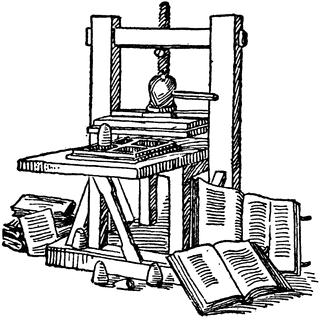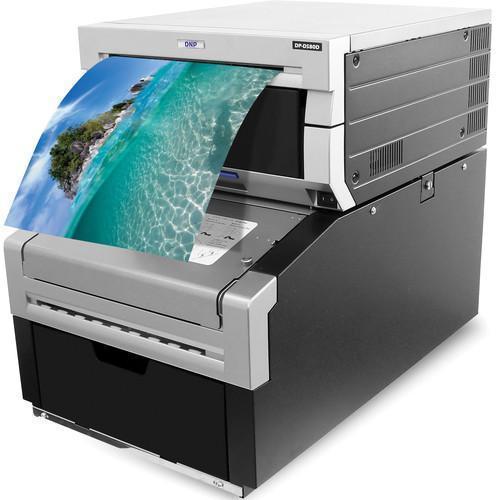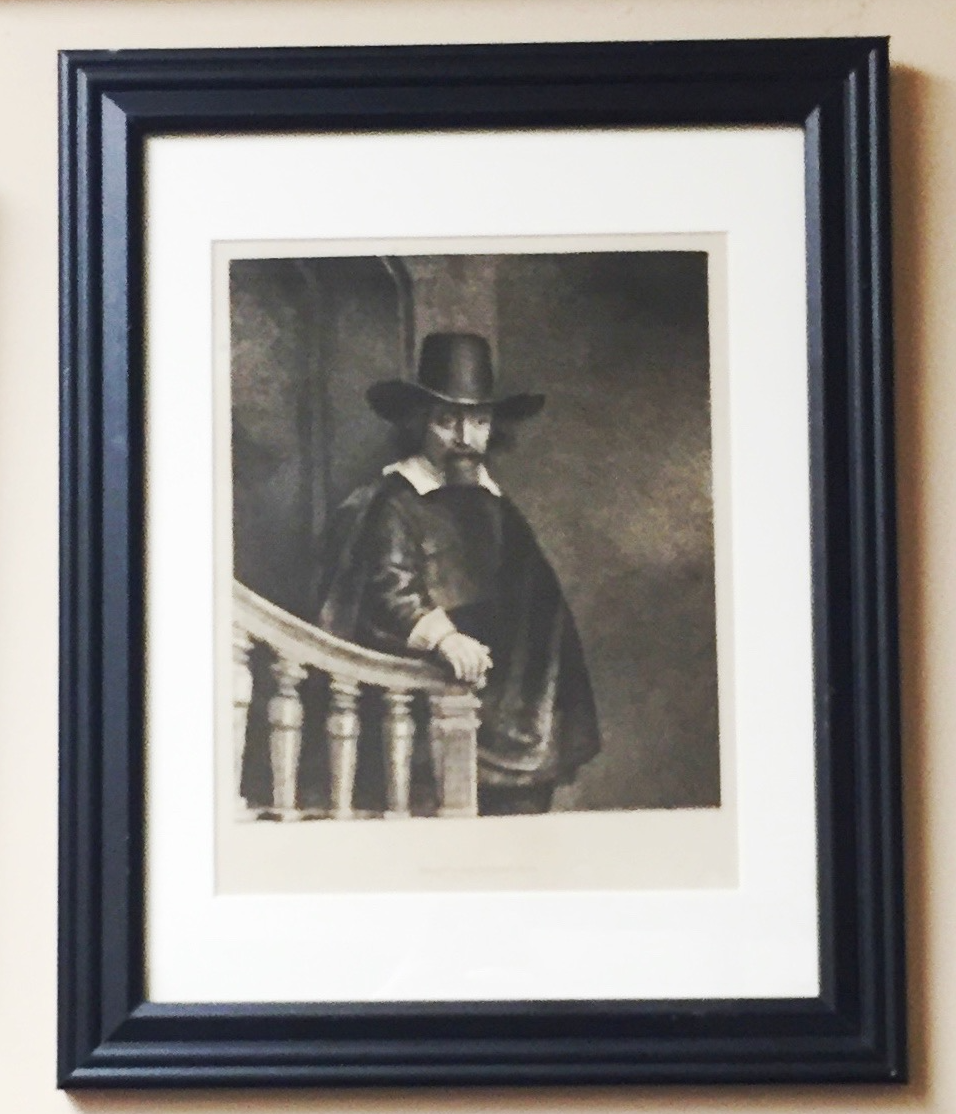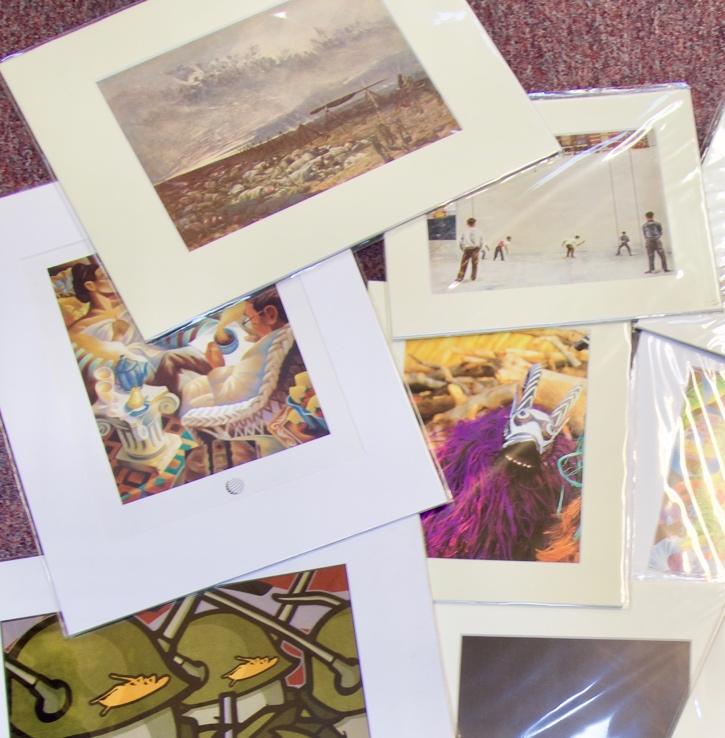When buying a print, you should look for a few identifying characteristics to determine if it was digitally printed or printed on a press. Digital prints are much more popular these days for high production and can produce beautiful quality images. But a print done on a traditional printing press has a much finer quality and holds more value than most digital prints.
1. The first and probably the easiest way to identify a print is to look at its edges. Most fine art printmaking techniques require ink to be transferred to a block or a plate and then run through a press. The pressure from the press will produce a characteristic rim around the edges. Usually the edges will not be wiped clean of ink, so you might be able to see a faint line. This process is specific to printmaking, so it is a sure way to identify if the piece is an original or a digital print.
2. The pressure from the printing process will sometimes produce an embossment. Embossing is when an image or text is raised from the paper. You can tell if an embossment is made by feeling with your hands (not really recommended, since you may transfer dirt or oil from your hands on to the print) or by turning it at an angle to see if there are any raised edges. Digital prints cannot replicate this quality.
2. The pressure from the printing process will sometimes produce an embossment. Embossing is when an image or text is raised from the paper. You can tell if an embossment is made by feeling with your hands (not really recommended, since you may transfer dirt or oil from your hands on to the print) or by turning it at an angle to see if there are any raised edges. Digital prints cannot replicate this quality.

3. Look closely at the lines, they will have varying levels of intensity in terms of the ink displacement. The depth of the lines can be adjusted, resulting in darker or lighter printed lines, in the same line. Look along longer lines to see whether or not they become darker in the interior.

4. Some prints will have raised lines. With intaglio, etched or engraved prints, lines are carved into a plate or block at varying degrees to depict depth and shading. The plate is then rolled or wiped with ink, filling the lines. When the inked plate goes through the press the ink is transferred to the paper and the darker, deeper lines will be thicker and raised in comparison to the lighter areas in the image.

Both methods of printing produce different qualities, which may lend better to one image over another. Digital prints are often less expensive since they are commonly used for larger production and require less skill. They also produce a lesser line quality and do not last as long as a press printed image. When buying a print printed on a press you are buying a piece of art that was hand produced by the artist, or an assistant, done in a technique that dates back hundreds of years. You are not only buying a piece of art but also a piece of history.
